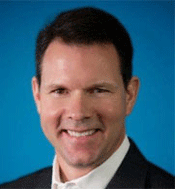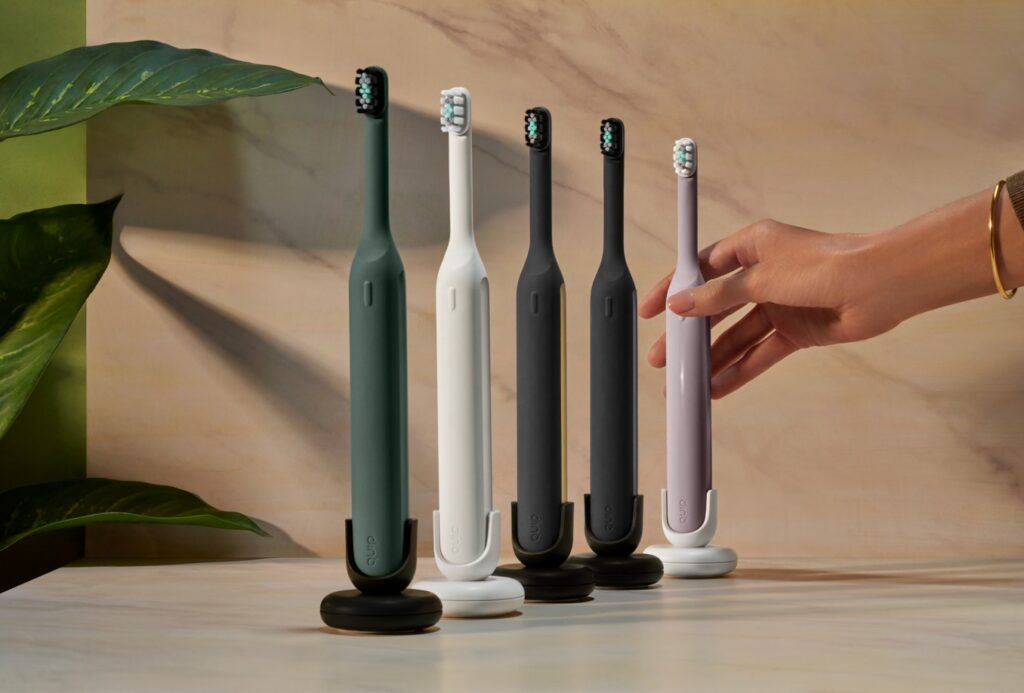In the 1980s, Lean Cuisine was marketed as a diet food brand, its sales built on the word “diet.” However, Americans eventually stopped dieting with only 15% of the population now claiming to “diet.” Conversations around the brand were largely negative and even when they were positive the chatter focused on function, that Lean Cuisine was a tool for dieting.

“That’s a bad place to be,” Jeff Hamilton, president, Nestlé Prepared Foods, said yesterday. “The idea of dieting lost relevance and the brand lost relevance too. We lost over $400 million in sales over the last five years. We needed to make a change to be more aspirational and positive. Consumers were embarrassed to be in line with boxes of Lean Cuisine. We had become a diet food for skinny white women.”
And change it did. Last year about this time, all Lean Cuisine products were reformulated to fit with the way people eat today. The packaging was changed to stand for something other than what the brand was founded on: that word “diet.”
Add to that, there was growing discussion around people being recognized by their accomplishments.
“We had to figure out how do we recognize women and ask them to put their accomplishments at the center of conversation,“ Sarah Hofstetter, CEO, 360i, said yesterday at the Ad Age Digital Conference. “That led us to making sure we were feeding the greatness of woman themselves and that the product was intrinsic to that. You can only do great work if you have the credibility on the product you’re delivering.”
That set in motion a major shift. The brand decided to delete the word “diet” from its marketing and instead focus on how it could help woman “be their best by weighing them not by size, but by accomplishments,” Hamilton said.
Lean Cuisine’s new platform was born. It was brought to life and the conversations started with video and the #weighthis. Watch the video:
“What happened as a result was inspiring,” Hofstetter said. “People saw it and started talking about their accomplishments and how much they felt more comfortable talking about themselves. We got so excited about the campaign performance.”
With the campaign underway, the second question was,”so what?” Hofstetter said. The team invited the woman featured in the video—all true stories—and influencers “to put it on the scale” at an event that took place in Grand Central Station in New York City. The idea was to use social media to capture those authentic stories that would allow Lean Cuisine to continue the conversation.
A few months ago, Lean Cuisine began seeing really good progress and focused on how to continue to build that momentum. The month of January helped out as a traditional timeframe when people think about losing weight and getting in shape.
“We wanted to be a part of conversation,” Hamilton said.
The team came together—folks living and breathing time on the business, the brand and agency folks—and then the tech team was invited in to brainstorm “what other things could we be working with,” she said. “How can we take our greatest vulnerability, the word diet—used every three minutes online— that four-letter word and turn it into an asset. The team started prototyping a concept to tap in to closed captioning to remove the word diet from the Internet and TV via a Chrome extension.
“The idea was not to invent something brand new, but to take different ingredients and transform something. That’s how we got to the diet filter,” Hofstetter said.
So where is the brand now?
The week after #weighthis launched, the brand saw its first positive year over year sales results in six years, negative conversations were way down, brand perception was up and conversations around the brand were up by 428%. But what about the true measurement of the campaign’s success, sales?
“At the beginning of 2015 we were in double-digit decline,” he said. “In the second quarter we made the packaging changes and all the new communications and traditional media. Around July 1, business started to go positive. By the third quarter we were back to double-digit growth. Clearly we’ve made an impact and consumers are recognizing that. “
Takeaway
Hofstetter shared five tenants to build brands in the digital age.
Alchemy: It’s not magic and it’s not science but it’s how you get different ingredients together to form something new.
Breakthrough ads that talk to people—to ads that people can’t stop talking about.
Cross platform: It’s about making sure there are no dead ends; that we have a constant stream of communications between consumers and brands.
Discoverable: how to make sure brands are discoverable at the right time.
Ever-changing: When we think about the work we do and put into market we need to think about how thatwork evolves over time. The No. 1 question as a marketer at the end of campaign should be, “So what how did I do? The second most important question should be, “Now what? What did we learn?



 Network
Network

